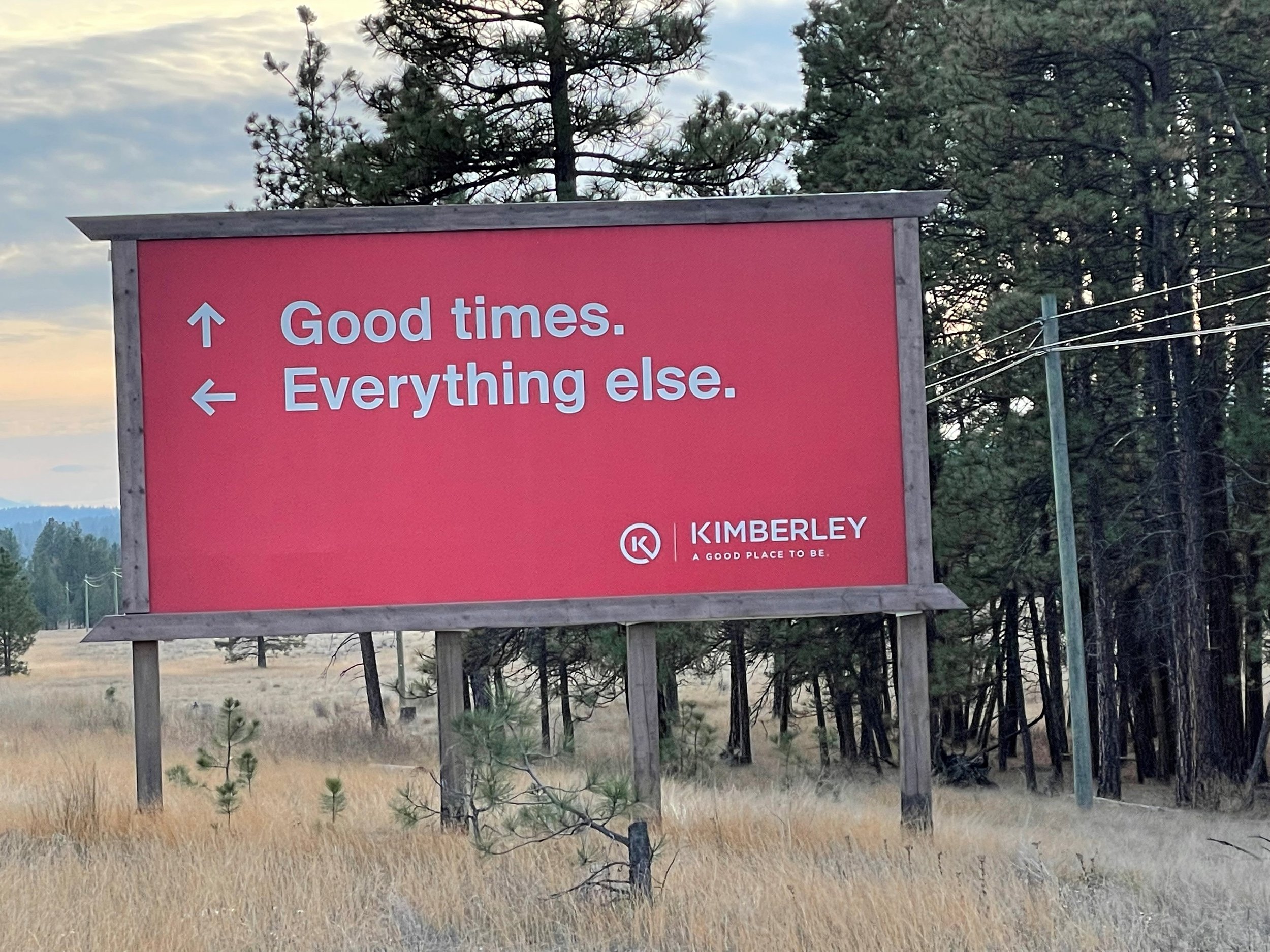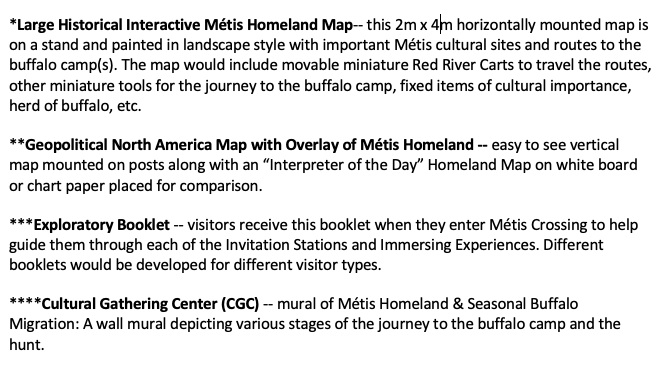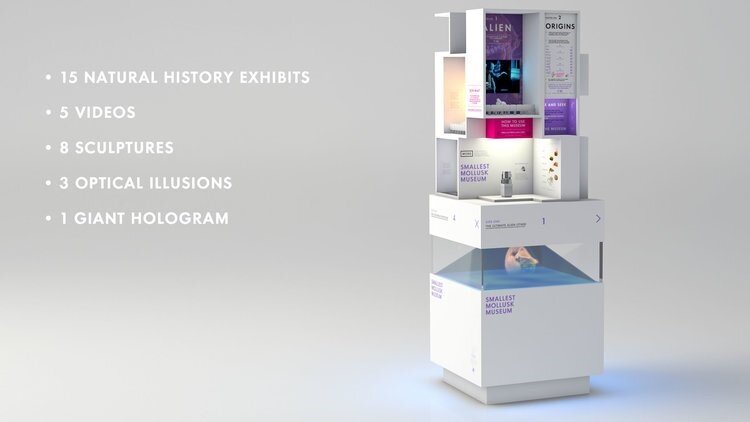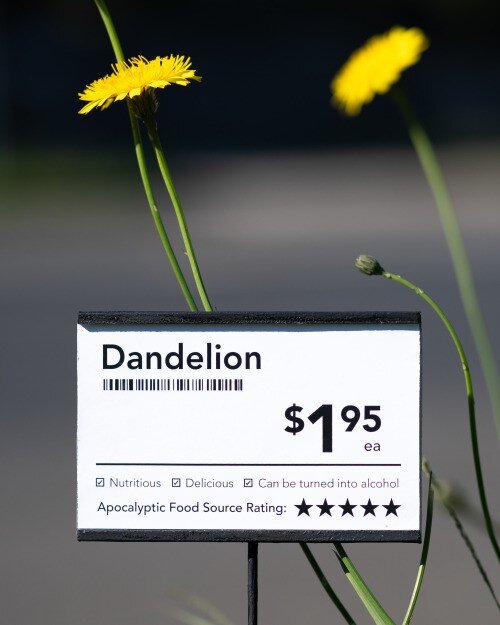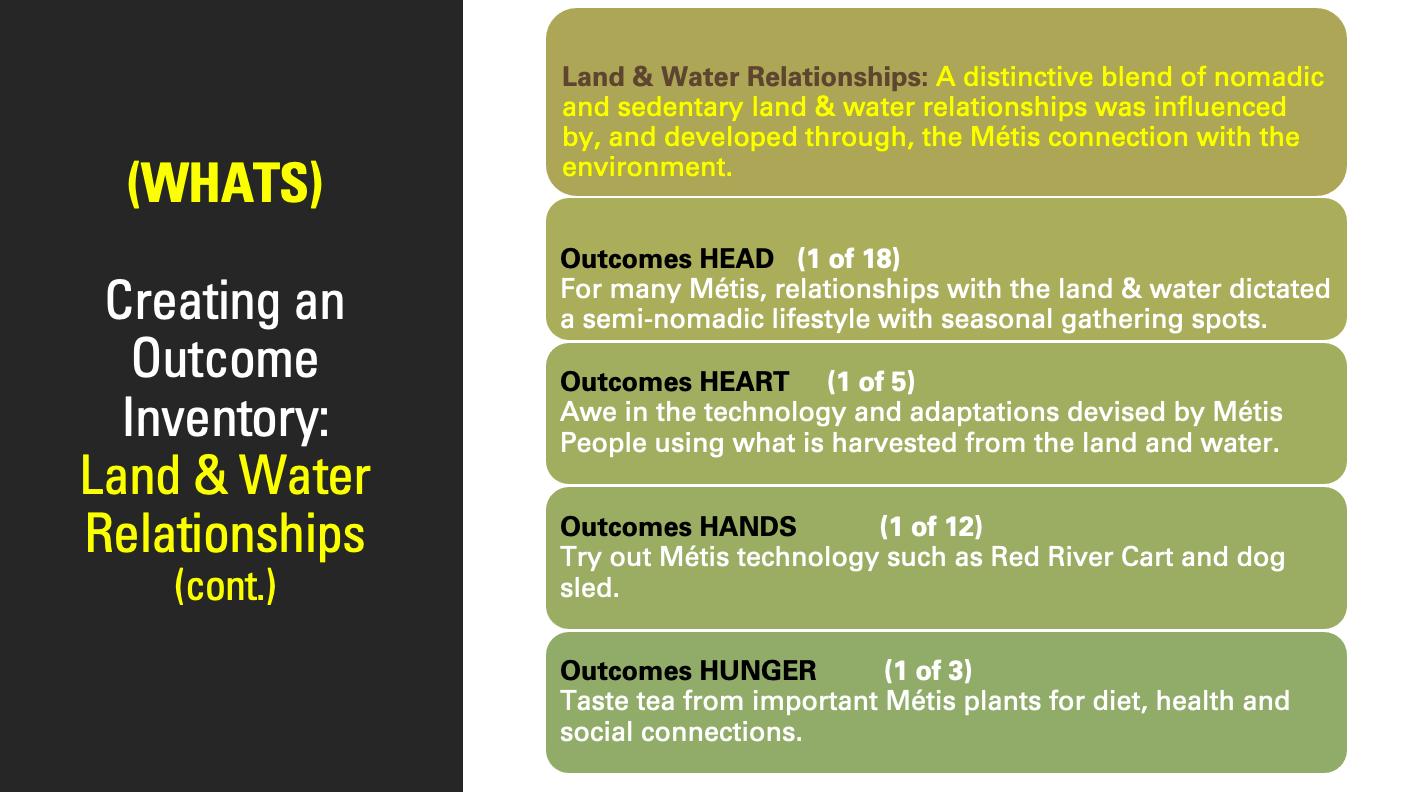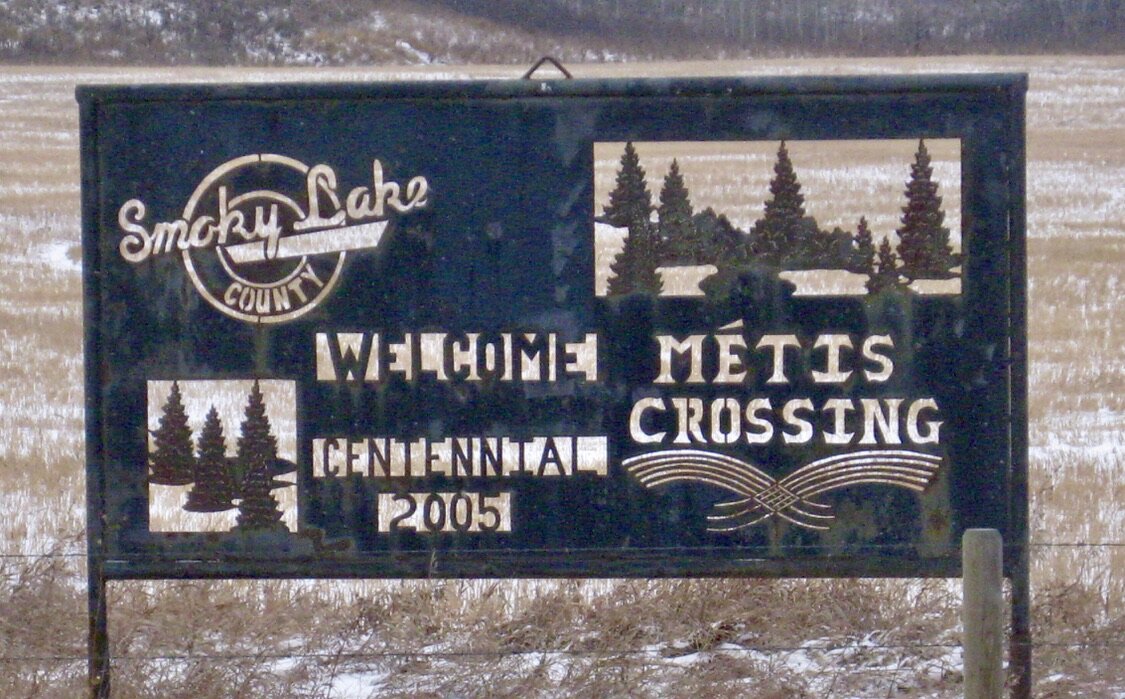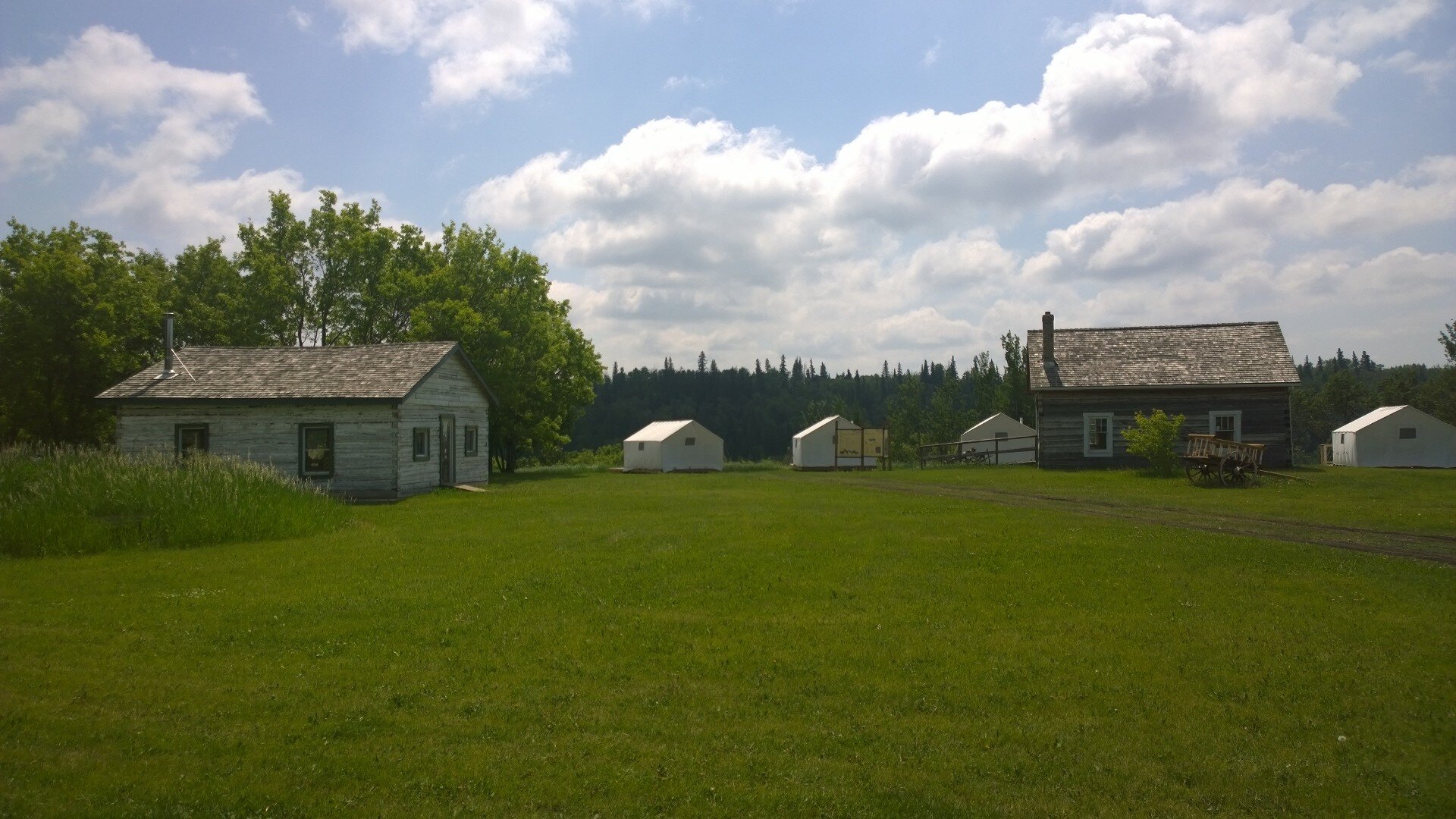(after a 3 month hiatus we are back blogging - we hope you missed us - send us a note)
“Interpretation planning ought not to be overly complicated or filled with unnecessary complexity. If we strive to deliver clarity for our audiences, then we should strive for clarity in our interpretation planning too.”
This line comes from Steve Slack, author of the most recent guide to interpretation planning- published in 2021. I realized how much of an interpretation geek I am as I thoroughly enjoyed reading Interpreting Heritage A Guide to Planning and Practice, part of the Routledge series of Guides to Practice in Museums, Galleries and Heritage. I still get goosebumps when I discover examples of smart practices couched in the insatiable desire for continuous improvement, all wrapped up in the spirit of sharing, that exists among the interpretive profession.
This overview will happen in two segments where this first part will explore the WHY, the WHO and the WHAT in planning. We will keep the HOW of selecting devices from the extensive fun interpretive catalogue that Steve has compiled, for our second review segment.
Practical Guidance and Pitfall Avoidance
Right off the bat I must say the book was easy to read with its enjoyable conversational style. The order of topics and train of thought flow made eminent sense. Steve provides practical guidance and pitfall avoidance. He also celebrates others in order to advance interpretive practice. This book was written with the intent of continuing to support and encourage one another in this rewarding profession. A sense of joy and privilege comes through in the writing, as he takes us on this learning journey into a profession he obviously loves.
EID Note: Steve Slack wrote his book without knowledge of Steve Van Matre’s Interpretive Design the Dance of Experience perspective on planning and design. He had this to say after we sent him a copy: “The content is obviously splendid, but so much more than that. The design and layout are so charming, but also the general tone - careful, considered, philosophical prose from someone who not only knows their subject inside-out after years of experience, but who has also clearly a passion for the subject. And it's future. I'm inspired. “
“For the bulk of the time reading this book, I smiled, saying to myself yep, yep, yep, especially through the central sections with the dance steps. Anything that suggests having an interpretation plan is a good thing in my book (figuratively and literally). Forces - features - facets is new to me and I like it a great deal…”
“In my book, I found myself wanting to be brave - indeed, suggesting that interpreters need to be brave - and I called a few things out where I felt my opinion varied from the interpretive establishment, but ID goes further than that.” Steve Slack mentions a few times he is not writing to challenge anyone -too bad, however his book is chock full of insights. Steve Van Matre, on the other hand does not shy away from challenging the prevailing ethos of interpretation with its emphasis on communication and transfer of knowledge rather than taking a catalyst/coaching approach to visitor engagement. So, if you are up for that, order a copy from Our Inspiration page.
courtesy Bill Reynolds
Back to Steve Slack’s writings:
If your background leans more to a natural heritage/parks interpretive experience you will be familiar with Steve Slack’s quick historical reference to the influential Enos Mills, Freeman Tilden, Beck & Cable and Sam Ham; whereas if you have more of a museological bent you will be familiar with authors like Graham Black, Peter Vergo, and John Falk & Lynn D. Dierking. You will have to go to the source for details as Steve only briefly alludes to the concept of principles without sharing any of his favourites or what he would consider the “must haves” for pursuing excellence. I found the very light coverage of principles somewhat disappointing despite a super compilation of references. Having a solid foundation in these building blocks, is critical for budding professionals to have, in order to build up and out from.
Model, Model on the Wall, Who’s the Fairest of Them All
I heartily encourage all our readers to crossover disciplines and discover Black’s 23 principles for museum display or Falk-Dierking’s Contextual Model for Learning or Beck & Cable’s inspiring 15 principles of interpretive philosophy. This will enrich your professional practice.
When Steve starts addressing interpretation planning, he looks at four examples, two from the museum field and two from the park interpretation field:
Story of Change Planning model implemented by the Happy Museum Project characterized by being visionary, inclusive, outcome-driven and evaluative
Outcomes Hierarchy Model emphasizes including a stronger visitor perspective and the benefits of applying a systematic interpretive planning lens at the strategic institutional level (Marcella Wells, Barbara Butler, and Judith Koke)
Interpretive Master Planning model (John Veverka) involves a comprehensive set of questions and prompts investigating the interpretive resources, directing you to think clearly about the traditional plan elements from objectives to evaluation
5M Model for Successful Planning Projects (Lisa Brochu) stresses being rooted in strategic context while addressing Management (mission), Markets, Messages, Mechanics (visitor usage), and Media
The author explains how he has distilled different planning models down to a four- step questioning framework:
1) Why are you interpreting this asset?
2) Who is it for?
3) What do you want to happen as a result?
4) How will you interpret it?
He has chosen to borrow and combine different models by using the terms message, takeaway, Big Idea or theme as interchangeable in order to answer the first WHY question step. The third question is particularly well worded as the WHAT is not just about learning content but it is about what HAPPENS to a visitor from physical, emotional, spiritual, and social aspects not just conceptual. He reiterates that HOW comes last in his schema. Recognized for its inherent ability to worm its way into the beginning of the process and its ability to pull one easily off track, Steve adroitly puts HOW in its place. His analogy with built- in admonishment to “eat all of your vegetables before rushing on to your pudding,” was perfect. You picked up on the fact that he has British heritage, right??
My response was hallelujah! It is so easy to jump to the HOW based on seeing neat techniques and the desire to use fun activities or a digital application. We have to resist the compulsion to do this ending up shoehorning in what might not be an appropriate or best use of said technique. Then we don’t achieve the visitor impactful outcomes we were looking for in the first place. In Steve’s words, “I find myself regularly holding teams back… before rushing to the interpretive toy box.” Resist the temptation, my friends.
He encourages you to draw on others feeling comfortable to “be a magpie and pinch any and all parts from the various models” that work for your situation. Whether it is a master site plan or an interpretive
courtesy Bill Reynolds
brief for a single exhibit case, the core principles are the same. An interpretation plan “is a conversation, a collaboration, a journey, a hope or aspiration, a manifesto.” In Steve’s terms he says that you have achieved your aim if the visitor responds with “I’ve got it,” or “Ah, I see.” If interpretive content is met with “So what,” you have failed. Dates and species identification can have this effect.
Integration and Interfacing
A new term for me was the introduction of an interpretation interface plan which I see as having mucho potential (can you tell I am taking Spanish lessons?) This type of plan demonstrates how a new installation would integrate into the existing interpretive scheme at the site. Steve also suggests strategic integration as a heading in an interpretation plan, as a way to not forget the importance of fitting into other site plans or other heritage sites.
We at EID rank integration highly critical to the visitor experience so management is reminded how landscaping, parking, trails, play, and rest areas all have a role in reinforcing visitor takeaways. As Steve points out, “…our {interpretive} work is only ever seen in the context of a wider visit.” In addition to the on-site experience, it would be beneficial to think about the existing regional heritage experiences - how they could mutually support each other and benefit the present visitors’ explorations along with planning future trips.
So glad to see the emphasis on de-siloing, when forming an interpretation working party that strives to integrate with 2D (imagery, graphics and text layout) planners/designers and 3D (exhibition spaces and signage schemes) planners/designers. The author provides an extensive potential list of stakeholders and recommends you err on the side of inclusion.
Answering the WHY question involves digging into the institutional purpose. I am going to share a very important practical exercise the author highlighted when developing an interpretive vision. He refers to it as “interrogating the mission statement” – gotta love that! Starting with the existing mission statement he asks participants to “add thoughts, comments, reflections, doodles, sad/happy faces next to words that they think relate directly to how the place interprets its heritage assets.” The organization’s interpretive vision and agenda eventually came to life after facilitated conversations and “many sticky notes and biscuits” (he didn’t mention it, but there must have been tea!).
The author shares a wonderfully instructive case study of the Tenement Museum in New York where a refocussing of the museum’s purpose forced a rethinking of the interpretation model to incorporate a group experience imparting and internalizing immigration values as part of the visitors’ experience. Is it time for you to revisit your mission and vision, then investigate whether your interpretive agenda matches your intent?
Tenement museum web site
Discussion questions exist at the end of every book chapter and I particularly liked this thought-stimulating set of two from the Purpose Chapter:
What are your internal/institutional reasons for interpreting?
What do you stand to gain from interpreting?
Getting to Know Your Visitor
When the author reflects on his early days he notes, “each day when I turned up, the heritage remained the same, but the visitors were different.” Every visit was going to be different as nobody experiences in the same way. Every visitor was going “to step, see, smile, smell, learn, think, wonder or reflect in a different way…”
To help inform one’s interpretive thinking, the author lays out a solid review on researching, getting to know, and keeping up to date on your visitors. The author hit the nail on the head when he formulated a comprehensive list of psychographic visitor questions to be asked, dealing with: motivations, hopes, fears, site expectations (preconceptions & misconceptions), learning styles, and kinds of desired experiences. These are interspersed with more traditional considerations about what visitors like/dislike about your site, their access issues, and their subject knowledge. The kinds of favoured experiences that visitors could choose from are described using adjectives like: cerebral, reflective, ordered, adventurous, social, provoking, reminiscent, enlightening.
courtesy Bill Reynolds
He cautions that interpreters need to be involved in determining these formative front-end research methods that normally get commissioned by the communication group and test marketing options only. The prospect of what is going to be delivered to people when they visit, is as worthy to test but often forgotten, so Steve implores us as guest experience interpreters to speak up. He stresses the importance of listening to visitors as part of the planning process, formatively testing out our ideas and concepts with them early on, so we can tweak our ideas in light of how they react.
My three favourite discussion questions at the end of the Audience Chapter that direct pondering are:
How will your interpretation plan interact with your audience development plan?
How does your understanding of the meaning of diverse, inclusive, and representative impact what you deliver as a visitor experience?
Who will the audience advocate be at all stages on your project?
Do you have an audience development plan? You should start one if you don’t and if you do you should revisit on a regular basis to evaluate and adjust it. The author discusses the thought of being relevant as a strong argument for visitor co-created interpretive content, allowing visitors to be reflected in the exhibit and seeing themselves IN the heritage space. Considering who your stakeholders are and when you involve them during the planning stages brings us back to the inclusive working party.
Public-facing Interpretive Content
The Outcomes Hierarchy Model introduced at the outset is the conceptual framework of choice for this book, focusing on four required outcome domains being:
Social interaction
Psychomotor doing with bodies and brains
Emotional short- term feelings and
Intellectual long- term considerations or reflections
Definitely some similarities here with the 4H approach (Head, Heart, Hands. Hunger) EID utilizes from Steve Van Matre’s Interpretive Design book, that we referenced at the beginning of the blog. In addition, this guide showcases another model, known as the Generic Learning Outcomes framework. This was produced by the Research Centre for Museums and Galleries at the University of Leicester looking at formal and informal learning as well as public - facing interpretive content. The author says these outcomes are “a useful catalyst for conversation when used as part of the group discursive planning process.”
Steve Slack delves into responsible WHAT messaging and the need for acknowledging the shared history of a place that may bring about controversies, the use of multiple narratives, and more than one truth to be explored. I quote, “we have a duty to tell the truth about truth. We ought to say what we know, what we think we know, and what we believe to be true… and what we don’t know.”
Let’s leave it there for now until we meet again for segment two that explores the HOW- and a smattering of the over 200 most prominent interpretive devices Steve Slack has witnessed.





















